Google Docs is a free online word processor that contains most of the functionalities found in Microsoft Word. All you require is a Google account and access to the internet.
Integrate Google Docs with 1000+ apps and services
Unlock Google Docs’s full potential with n8n, connecting it to similar Miscellaneous apps and over 1000 other services. Automate miscellaneous workflows by integrating diverse tools, managing data flows, and streamlining processes across platforms. Create adaptable and scalable workflows between Google Docs and your stack. All within a building experience you will love.

Create workflows with Google Docs integrations
0 integrations
Google Sheets
HTTP Request
Gmail
OpenAI
Slack
Telegram
Airtable
Google Drive
Microsoft Excel 365
Notion
Supabase
Discord
Postgres
MySQL
GitHub
Google Calendar
MongoDB
Microsoft SQL
OpenWeatherMap

GraphQL
HubSpot
X (Formerly Twitter)
Mautic
Baserow
Redis
Pushover
SendGrid
Jira Software
ClickUp
Trello
AWS S3
Twilio
Todoist
Pipedrive
Nextcloud
Microsoft Outlook
Mattermost
Facebook Graph API
WooCommerce
NocoDB

S3
Spotify
ActiveCampaign
MQTT
Home Assistant
WhatsApp Business Cloud

Google Contacts

YouTube
RabbitMQ
RocketChat
TheHive
Salesforce
Microsoft Teams
Mailgun

Matrix
Dropbox

Google Cloud Firestore
Mailchimp
Asana
Wordpress

Gotify
Mailjet
Elasticsearch
Google BigQuery
Stripe
Microsoft OneDrive
Monday.com
CoinGecko
Zendesk
APITemplate.io

Shopify

Line
AWS Lambda
Kafka

NASA
GitLab
Brevo
Customer Datastore (n8n training)
Microsoft To Do
Pushbullet
AWS SES
Webflow
Odoo
SeaTable

Phantombuster
Bubble
Google Tasks
AWS DynamoDB
DeepL
Google Analytics
Coda
Zoho CRM

Google Translate
Google Chat
Clockify
Raindrop
Zoom
Snowflake
Cortex
Grist
Dropcontact
Lemlist
Strapi
Bitly
ERPNext
Google Slides
Wise
Google Workspace Admin

Yourls

Philips Hue
Xero
AWS SNS
Freshdesk
UptimeRobot
One Simple API
Ghost
Zulip

Pushcut
QuickBooks Online
Wekan
Customer.io
Zammad
Metabase
Jenkins
PagerDuty
Customer Messenger (n8n training)
urlscan.io

Hacker News
Linear
MailerLite

FileMaker

Sendy
seven
Taiga

Harvest
Mandrill
Mindee
AWS SQS

Keap
Google Cloud Realtime Database
Grafana
Onfleet
Discourse
Strava

Medium
Magento 2

Box

Bannerbear
ConvertKit
HighLevel
ServiceNow
Invoice Ninja

Google Cloud Natural Language

uProc
AWS Transcribe
Help Scout
MessageBird
TimescaleDB
Sentry.io

QuestDB
AWS Textract
Splunk

BambooHR
Segment
Intercom
Google Cloud Storage
PostBin
Vonage
Plivo

Rundeck
Adalo
Clearbit
AWS Comprehend
Google Perspective

Quick Base

SIGNL4

Peekalink

Webex by Cisco

Paddle
Freshservice
DHL
AWS Rekognition
Cockpit
HaloPSA
Google Ads
Oura
Marketstack

Monica CRM

Contentful
Autopilot
MISP
Freshworks CRM
Kitemaker
MSG91

Beeminder
Action Network

Agile CRM
Microsoft Graph Security
Orbit
E-goi
Emelia

Hunter
PostHog

CrateDB

LingvaNex
Affinity

Chargebee
PayPal
Bitwarden

Automizy
AMQP Sender
KoBoToolbox
Demio
GoToWebinar
Mocean

Iterable
AWS Certificate Manager

Twist

SyncroMSP

Salesmate

Disqus
Google Books
Microsoft Dynamics CRM
ProfitWell
SecurityScorecard
Venafi TLS Protect Cloud
Cloudflare
Tapfiliate
Netlify

GetResponse
AWS ELB
CircleCI
Humantic AI

Stackby
Venafi TLS Protect Datacenter
Elastic Security

Spontit
Flow

Twake

Brandfetch

Uplead

Unleashed Software
Drift

TravisCI
Copper

OpenThesaurus
Netscaler ADC
Vero
Storyblok
Mailcheck
Npm
QuickChart
Perplexity
Microsoft Entra ID
Mistral AI
JWT
Azure Storage
Google Gemini Chat Model
LoneScale
Gong
Okta
Jina AI
Google Business Profile
Microsoft SharePoint
TheHive 5
Azure Cosmos DB
Oracle Database
AWS Cognito
Ldap
Airtop
AWS IAM
crowd.dev
DeepSeek Chat Model
Autobound
AssemblyAI
Greip
PDFMonkey
Outscraper
awork
YepCode

Cloudinary
Apify
Oxylabs AI Studio

AlienVault

Carbon Black

Cisco Umbrella
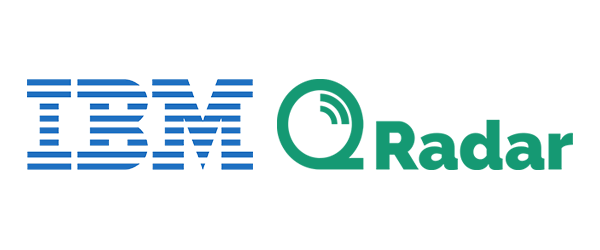
QRadar

Kibana

ZScaler ZIA
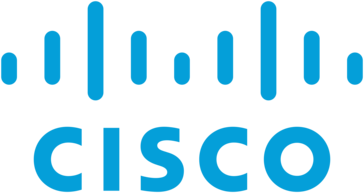
Cisco Secure Endpoint

Cisco Meraki

Fortinet FortiGate

Browse AI

BugReplay

Imperva WAF
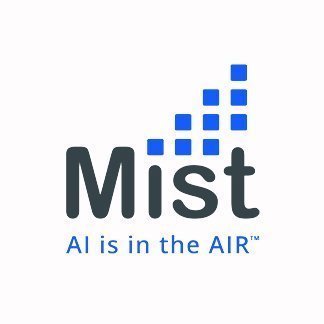
MIST

Sekoia

Miro

LeadBoxer

F5 Big-IP
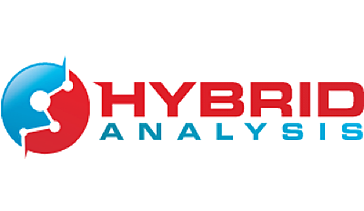
Hybrid Analysis

Mem
Trellix ePO

OpenCTI
Formstack Documents

IdealSpot

Auth0 Management API

Laposta

Microsoft Azure Monitor

Synthesia

SMS Magic

Totango

Myphoner

Radar
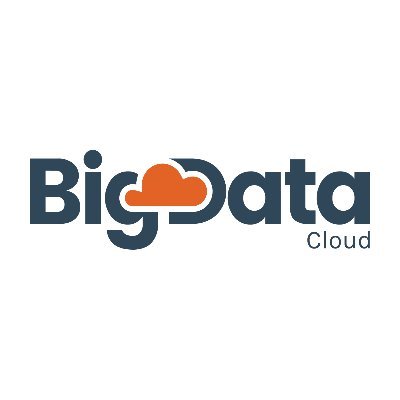
Big Data Cloud

ChartMogul
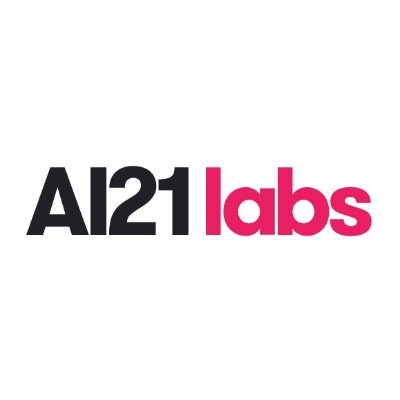
Studio by AI21 Labs

Docparser

Gumroad

Foursquare

Sifter

Snipcart

Team Up

Planyo Online Booking
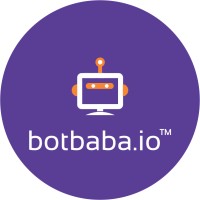
Botbaba

Blockchain Exchange

iAuditor by SafetyCulture
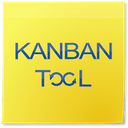
Kanban Tool

Float

Reply.io

Mailmodo

Ritekit

Ably
Product Hunt
Caspio

Reply

Missive
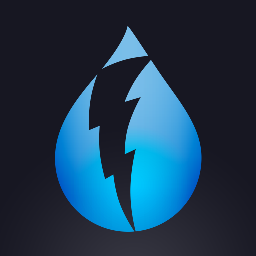
DarkSky API

Marketplacer

ecwid

GoDaddy

Handwrytten

Mixpanel

Confluence

SuiteDash

Nozbe Teams
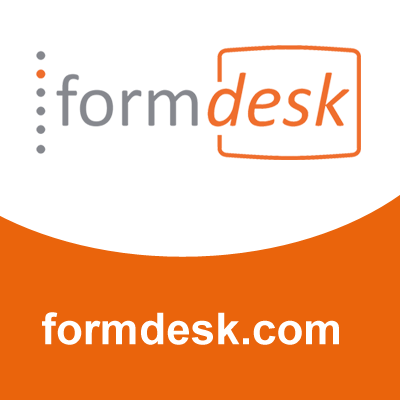
Formdesk

Workast

Canvas

Landbot

Klaviyo

Order Desk

Survicate

CleverReach
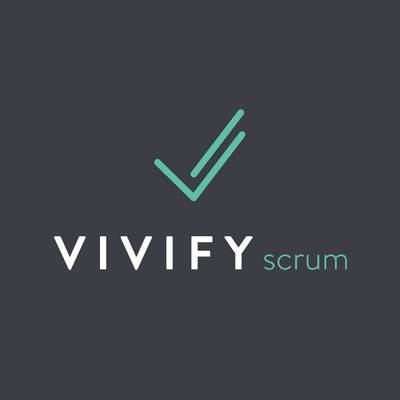
VivifyScrum

Helcim

Nusii Proposals

Spondyr

Unisender

Papyrs

Snapdocs


ChargeOver

Verifalia

Chatrace

Tilda

ApiFlash

Daffy

Cloud Convert

Imgur
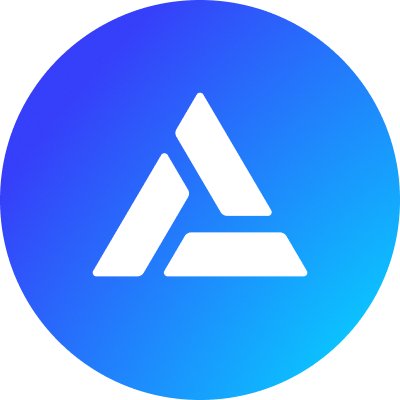
Alchemy

Crisp

AdRoll
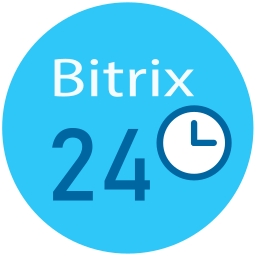
Bitrix24

Mav

Gender API

Zoho Desk

Gitea

ShipStation

Occasion

Docupilot
Headless Testing

RAWG Video Games Database

Linkish

Let's Enhance

Benchmark Email
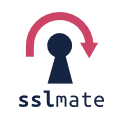
SSLMate — Cert Spotter API

Hugging Face

WuBook RateChecker

Bandwidth
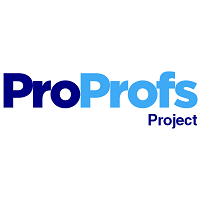
Project Bubble (ProProfs Project)

Accredible

TinyURL

Simplero

Gatekeeper

Smaily

Giphy

Miestro
ScrapeNinja

BunnyCDN

WebinarJam

Fluent Support

Harry Potter API

Trengo

SportsData

Dokan

Karbon

Amilia
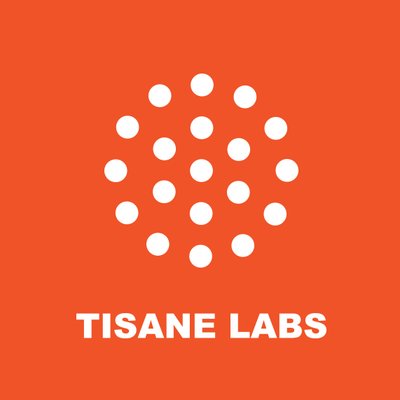
Tisane Labs
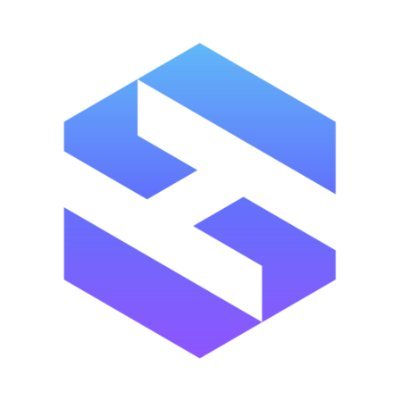
SimpleHash

Linode

Active Trail

Launch27

Teamgate
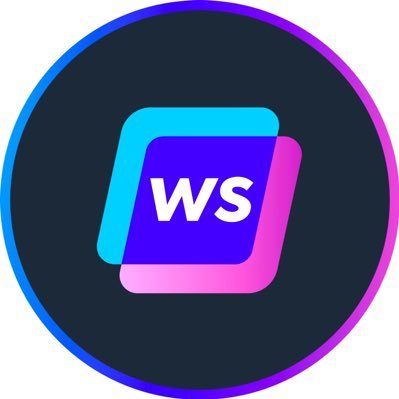
Writesonic

UpKeep

Instabot

Nightfall.ai

Datarobot

InfluxDB Cloud

Botstar

WOXO

IdealPostcodes

ConvertAPI

Teamdeck

Zoho Books

ClickSend SMS
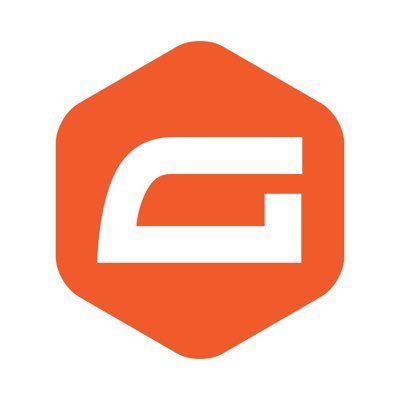
Gravity Forms

Brex
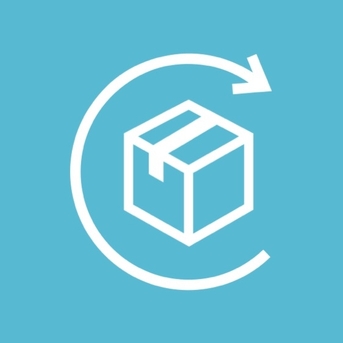
ReCharge
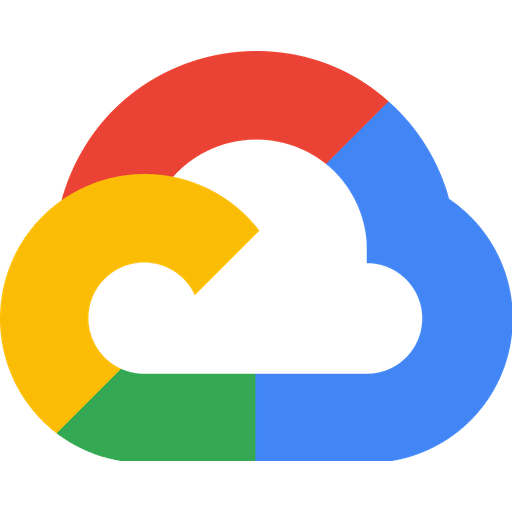
Google Cloud
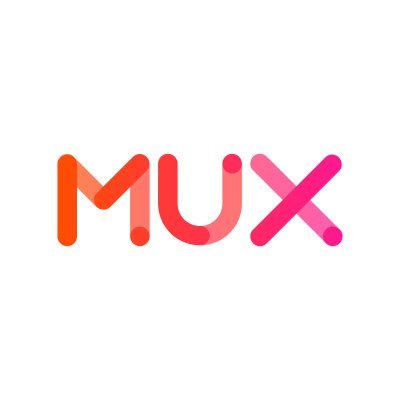
Mux

Metatext.AI Inference API
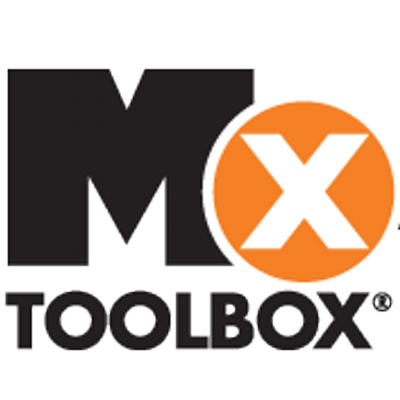
Mx Toolbox

Klazify

Supportivekoala

Thankster

Short.io
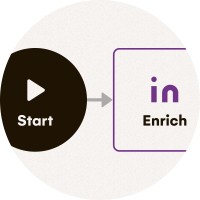
LaGrowthMachine
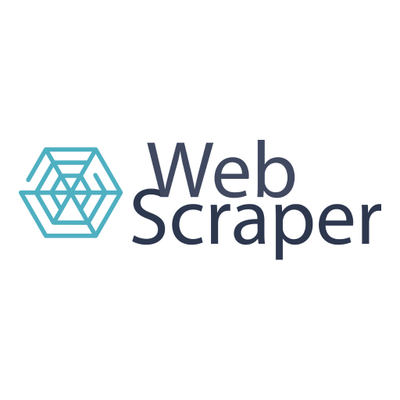
WebScraper.IO
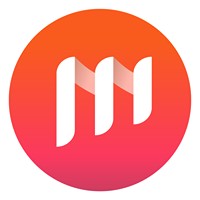
Mailify

Cloudlayer

Guru

GoCanvas

Dock Certs

DeTrack

Free Dictionary

quentn
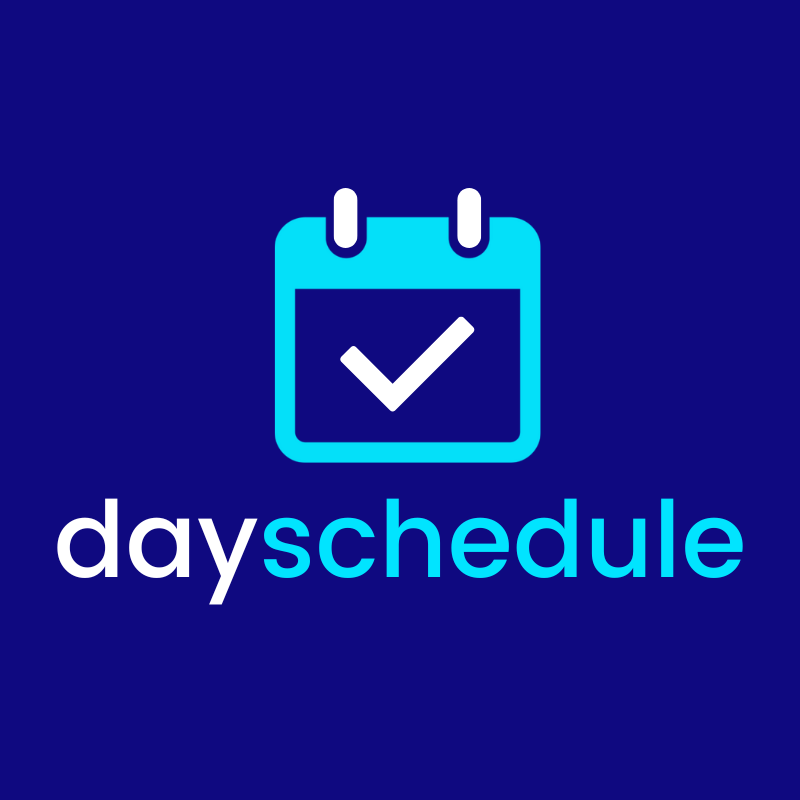
DaySchedule

SurveySparrow

Accelo

Yodiz

ShipHero
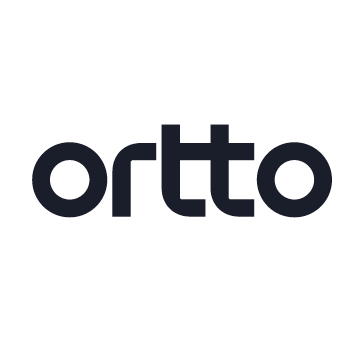
Ortto
3Scribe

Pipefy
Crowdin
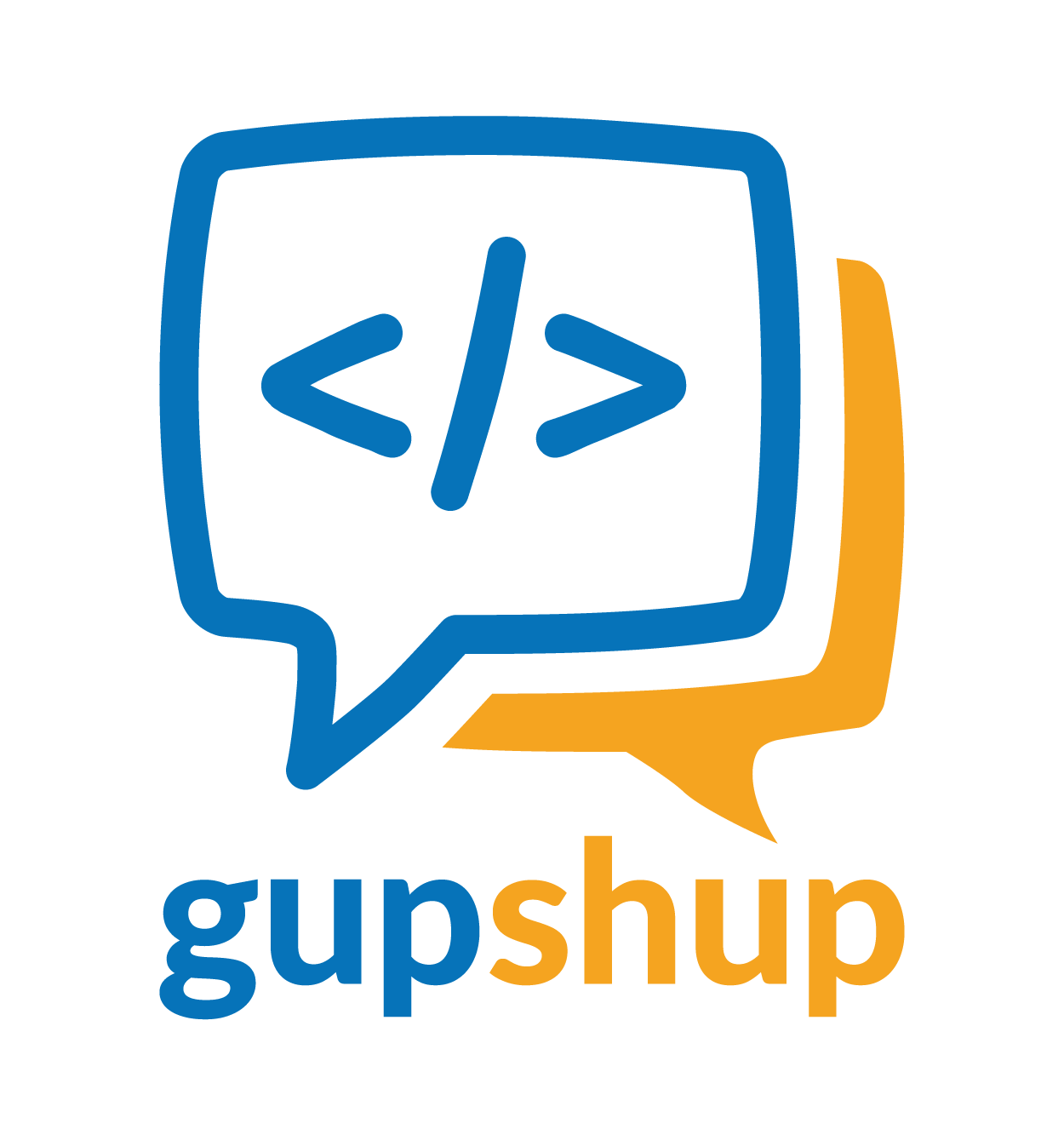
Gupshup

7todos

Badger Maps

TD Ameritrade

WatchSignals

ISN

Corsizio
Mastodon

Forms On Fire

Accuranker

Rewardful

Amazon

Plecto

SimpleTexting

Deepgram

LIME Go

SimpleKPI

Formsite

TurboHire

TalentLMS
Capsule
Envoy

Pirate Weather

Platform.ly

Textgain

Salesmsg

Mews

LiveAgent

College Football Data
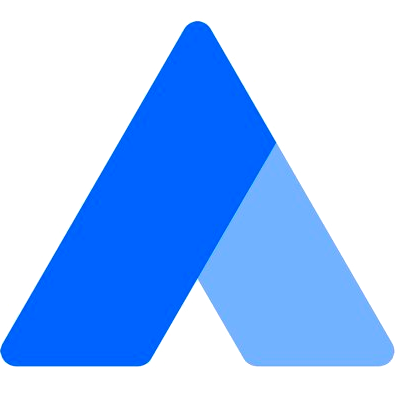
Acquire

KnowBe4

Cloze

PaperForm

Kaggle

Switchboard

Zonka Feedback

MoonClerk

Copy.ai

Qualaroo

Unbounce

HUB Planner
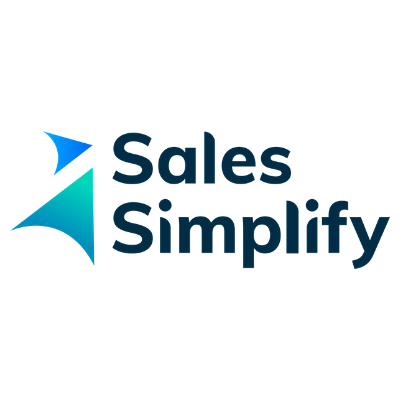
Sales Simplify

Signaturit

Mailersend

DocsBot AI
Omniconvert

GetScreenshot

Focuster

Esendex

Databox

Sierra Interactive

Breezy HR

Relink - URL Shortener

Thrivecart
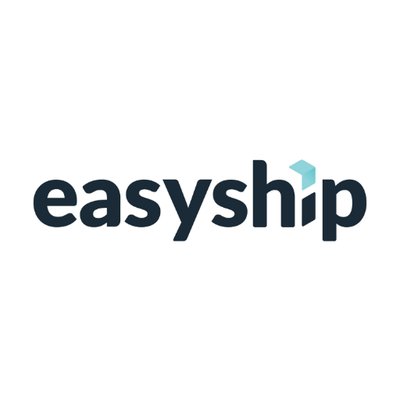
Easyship

HeySummit

AirNow

Planview Leankit
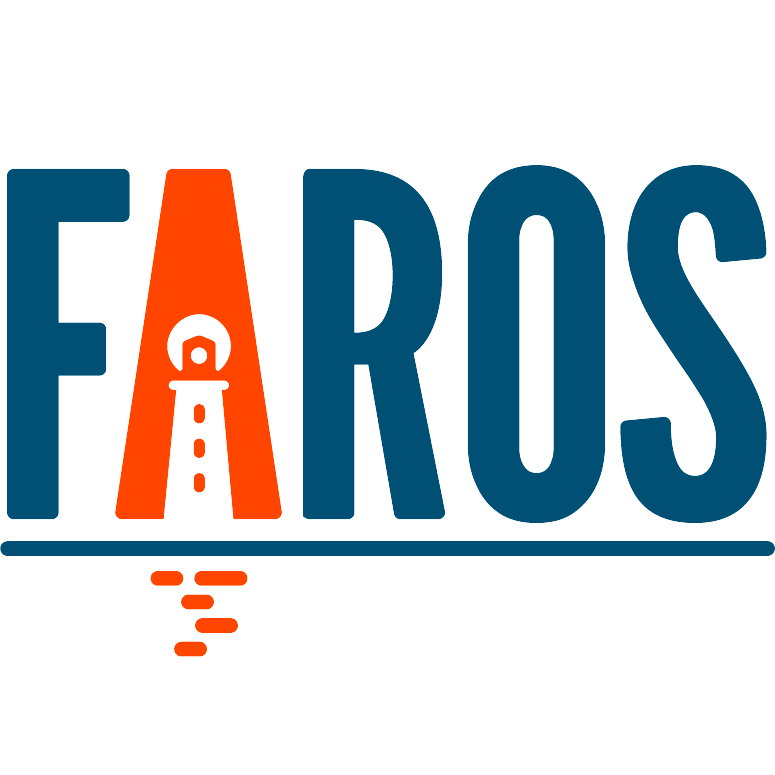
Faros

Lusha
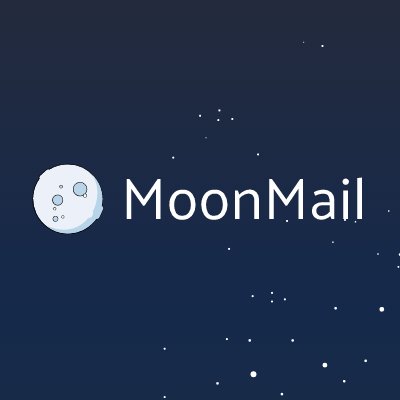
MoonMail

SMS-IT

SwagUp
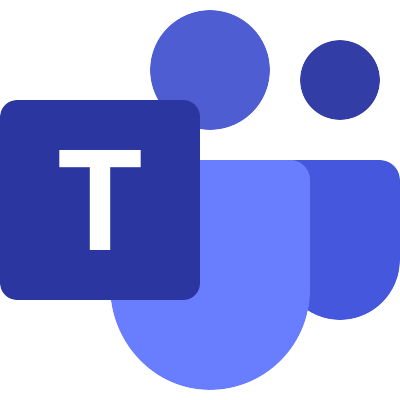
Microsoft Teams Admin

imgbb
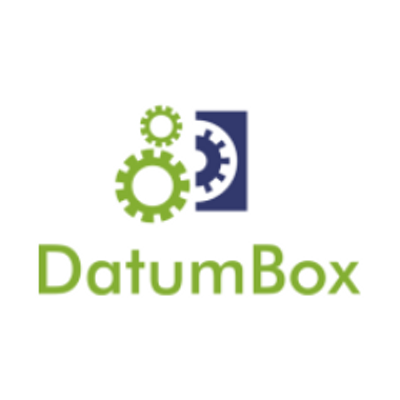
Datumbox

SmartReach

Cisco Webex

Freshping

Chargify
Pivotal Tracker

Fitbit

Marketing Master IO

Workboard

Firmao

SnatchBot

RD Station CRM
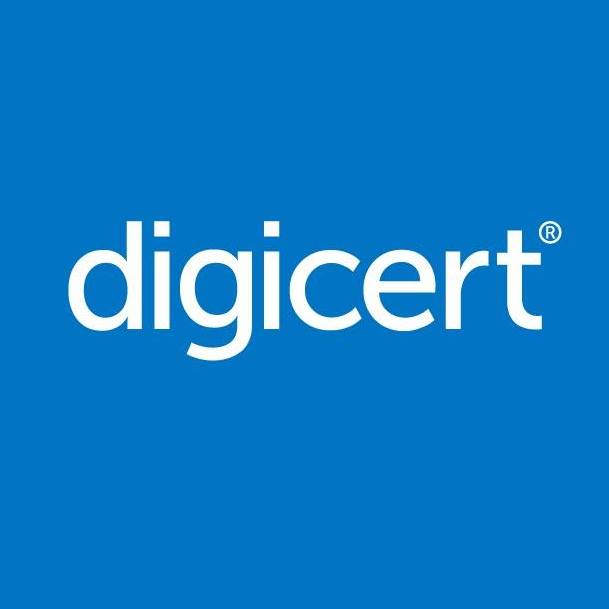
DigiCert

Sitecreator.io

CalendarHero

Airbrake

Pusher

Seamless AI

Read AI

Grain

Descript

Fathom

Google AI Studio (Gemini)

HeyGen

TrackVia

Supernormal

Personal AI

Airparser

Dante AI

Relevance AI

TalkNotes

Kraftful

Wonderchat

Browserless

Voicit

Enterpret

AccurAI

CustomerIQ

Google Vertex AI

Botsonic

Superpowered

Blaze

Vowel

Sembly AI

Chatsonic

Predis.ai

My AskAI

echowin

FastBots

The Leap

Nyota

Alphamoon

EmbedAI

Wondercraft

DialZara

Gali

ParsePrompt

Nyckel

Brandblast

Cradl AI

Brain Pod AI

Droxy

OmniMind

Botifier
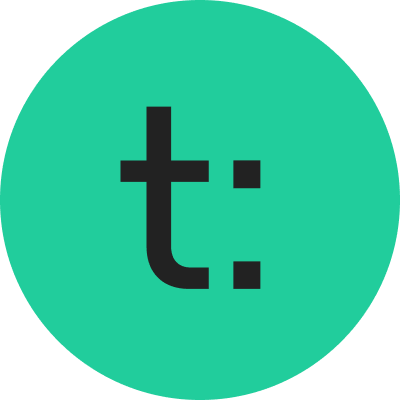
Teachable

Formcarry

ThoughtfulGPT

RoboResponseAI

DocuWriter

Faraday

GPTea

Teknoir

CraftDraft

Convi

Simpleem

RealPhoneValidation

Nuclia

Empsing

Sharly AI

Cloozo

Diddo AI

Knack

Maverick

Google Tables

WizyChat

Salesmaa

bot9

Ninox

AITable.ai

Trevor.io

On2Air

Fusioo

Marcom Robot

InfoLobby

Autom

TiDB Cloud

Clarifai

Vimeo

Pitchly

Solve Data

Sales.Rocks

ApptiveGrid

ScreenshotOne

Passcreator

IndustrySelect

Grid

Persio

IP2Location

LaunchDarkly

HasData

BugHerd

Keygen

Bugpilot

Data Soap

Ipregistry

Gleap

Localazy

ZenRows

TestMonitor

BigML

Lighthouse

BugBug

Ybug

Bugfender

Lokalise

Transifex

Kadoa

Venly

Cryptolens

Alerty

Rootly

KEYZY

BrowserStack

LambdaTest

Chekhub

NMKR

Flotiq

Spike

Evolphin Zoom

Impira

Tuulio

Pulsetic

Relysia

Robolytix

Starton

Diffy

Lucidchart

Phrase

Flagship

Eartho

Dasha

Toket

CloudBoost

Cloud 66

LoginRadius

Jasper

OffAlerts

CloudShare
Luciq (formerly Instabug)

BLOOCK

Cronly

DevCycle

Rollbar

Tierion

Engati

ncScale

TextMagic

BugShot

AbuselPDB
Sellix

Evervault

Reverse Contact

TextKit

Databricks

Eden AI

Growbots

Claude

AltText.ai

PromptHub

IntakeQ

Jama

Adobe

Apiary

Codefresh

Buildkite

TextCortex AI

Prospe AI

The Customer Factor

Timetonic

Clappia

elmah.io

Code Climate

Domo

PractiTest

Botium Box
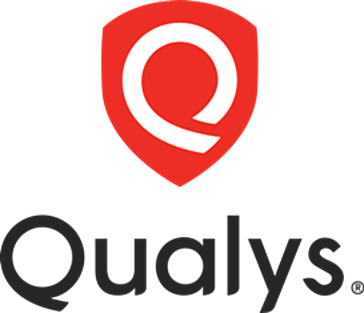
Qualys

Leadpops

Invoiced
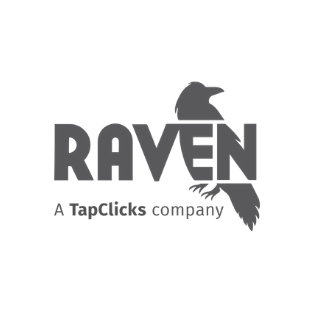
Raven Tools

OPN (formerly Omise)

Nanonets OCR

Recorded Future

Better Proposals

Patreon
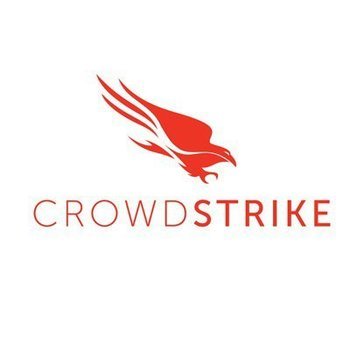
CrowdStrike

Shuffler
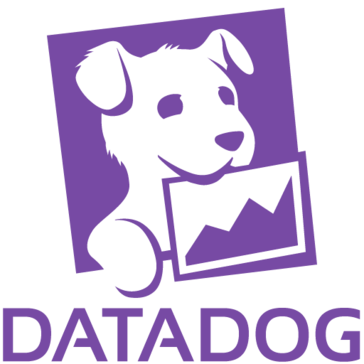
Datadog

Filescan

Iris Dfir

Malcore
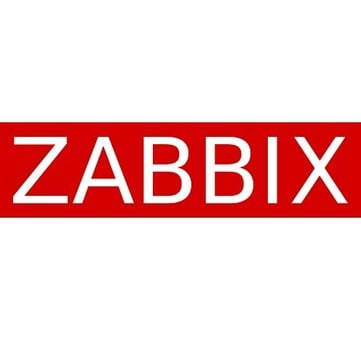
Zabbix

Roboflow

Search And Save

Zoho WorkDrive

Whal3s
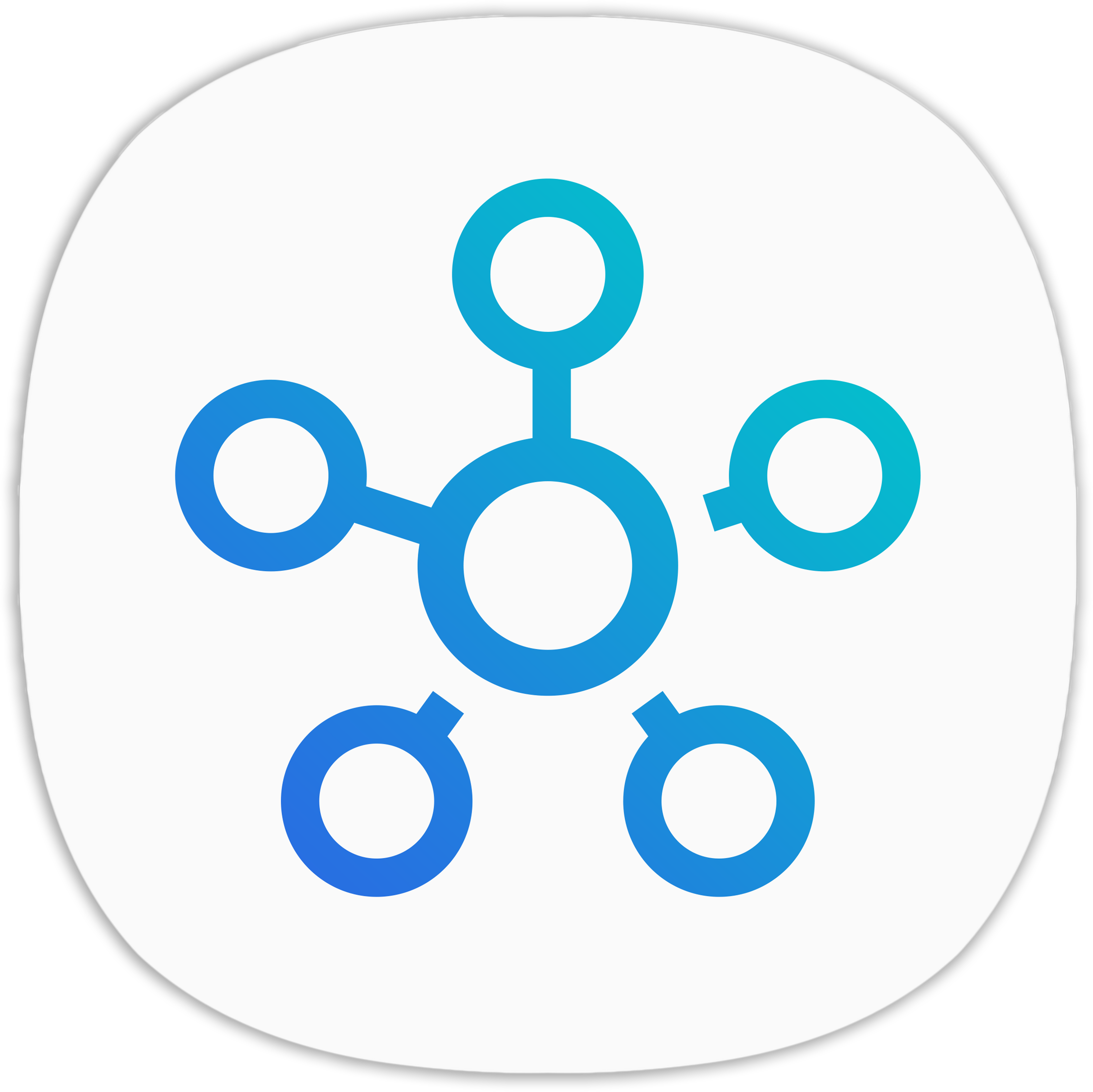
Samsung SmartThings

Syncly

Redash

Microsoft Entra ID (Azure Active Directory)

VirusTotal
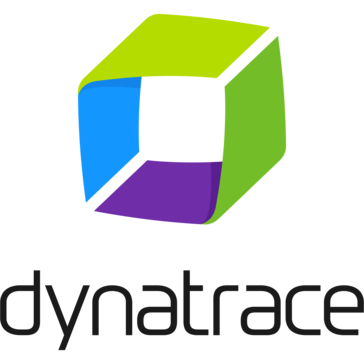
Dynatrace
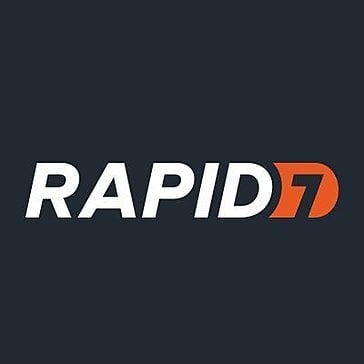
Rapid7 InsightVM

Big Cartel

Abstract

CrowdPower

BrandMentions

Chatbase
Calendly

Chaindesk

Waveline Extract

Draftable
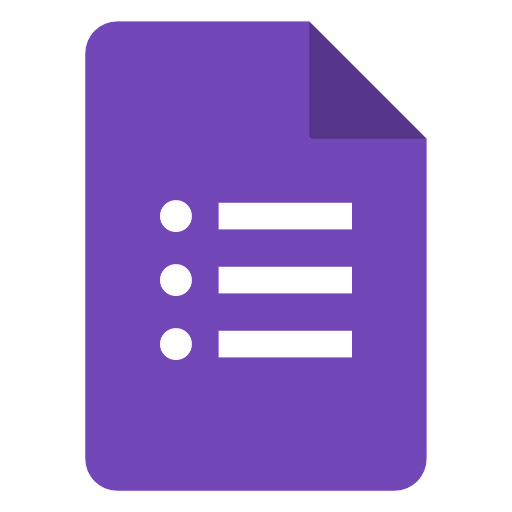
Google Forms

Confluent

Chatling

OCRSpace

Cody

SignRequest

Enormail

IPInfo

Microsoft Dynamics 365 Business Central API

Morph

Pinboard

Paymo

Passslot

Route4Me

Prodia

QuintaDB

Specter

Spydra
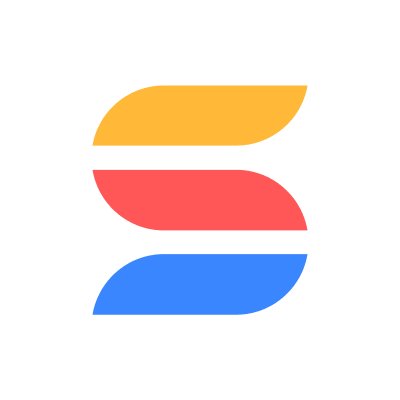
SmartSuite

Statuscake

FullContact

AnnounceKit

UserVoice

Token Metrics

WhatConverts

Woodpecker.co

SiteSpeakAI

Stammer.ai

Xtractly

Hansei

ChatMasters

Libraria

Retable

Omeda

SimpleLocalize

Ycode

Pinata

Crossmint

Ideta

Tuskr

One AI

ConfigCat

UptimeToolbox

ParseHub
Documentation
Popular ways to use the Google Docs integration
AI-Powered WhatsApp Chatbot for Text, Voice, Images, and PDF with RAG
🤖 AI Powered RAG Chatbot for Your Docs + Google Drive + Gemini + Qdrant
Customer Support WhatsApp Bot with Google Docs Knowledge Base and Gemini AI
✨🩷Automated Social Media Content Publishing Factory + System Prompt Composition
🤖🧠 AI Agent Chatbot + LONG TERM Memory + Note Storage + Telegram
🧠 Empower Your AI Chatbot with Long-Term Memory and Dynamic Tool Routing
🐋🤖 DeepSeek AI Agent + Telegram + LONG TERM Memory 🧠
Deep Research - Sales Lead Magnet Agent
AI-Powered RAG Workflow For Stock Earnings Report Analysis
Extract & Transform HackerNews Data to Google Docs using Gemini 2.0 Flash
Build an AI-Powered Tech Radar Advisor with SQL DB, RAG, and Routing Agents
AI-powered automated stock analysis
Automate Social Media Content with AI for Instagram, Facebook, LinkedIn & X
Explore n8n Nodes in a Visual Reference Library
Build a Knowledge Base Chatbot with OpenAI, RAG and MongoDB Vector Embeddings
Automate Your RFP Process with OpenAI Assistants
Web Site Scraper for LLMs with Airtop
Summarize the New Documents from Google Drive and Save Summary in Google Sheet
🧠 AI Blog Post Journalist (Perplexity for Research, Anthropic Claude for Blog)
Find Content Gaps in Competitors' Websites with InfraNodus GraphRAG for SEO
Generate Lessons Learned Reports from Jira Epics with AI and Google Docs
Self-Learning AI Assistant with Permanent Memory | GPT,Telegram & Pinecone RAG
Build a Chatbot with Reinforced Learning Human Feedback (RLHF) and RAG
RAG Chatbot with Supabase + TogetherAI + Openrouter
Create Structured eBooks in Minutes with Google Gemini Flash 2.0 to Google Docs
WordPress Auto-Blogging Pro - Content Automation Machine for SEO topics
Multi-Agent SEO Optimized Blog Writing System with Hyperlinks for E-Commmerce
Compare Local Ollama Vision Models for Image Analysis using Google Docs
AI Real Estate Agent: End-to-End Ops Automation (Web, Data, Voice)
WordPress Auto-Blogging Pro - with DEEP RESEARCH - Content Automation Machine
Market Research & Business Case Generator with GPT-4o, Perplexity & Claude
Summarize YouTube Videos & Chat About Content with GPT-4o-mini via Telegram
Automated Resume Screening & Ranking with Llama 4 AI and Google Workspace
Complete Lesson Automation for Modern UK Teachers
AI-Powered Auto-Generate Exam Questions and Answers from Google Docs with Gemini
Summarize youtube videos from transcript for social media
Generate Tailored Resumes, Cover Letters & Interview Prep from LinkedIn Jobs with AI
Generate Cold Emails & Sales Letters with OpenAI GPT & Google Docs via Chat
Automate Personalized Upwork Proposals with GPT-4, Google Docs & Mermaid Diagrams
Daily Business Idea Insights Aggregator from IdeaBrowser to Google Docs
Automated New Hire Appointment Letters with Google Docs, HR Approval & Gmail
Automate Customer Support with WhatsApp AI Assistant for Whatsapp Groups
Load and Aggregate Files from a Google Drive Folder into a Key-Value Dictionary
Transform Meeting Notes into Action Items with Gemini & Google Workspace
AI-Powered WhatsApp Chatbot with Venom Bot & Google Gemini (No Official API)
Summarize YouTube Transcripts in Any Language with Google Gemini & Google Docs
Automated Lead Research – From LinkedIn to Ready-to-Send Report
Build a Multi-functional Telegram Bot with Gemini, RAG PDF Search & Google Suite
Generate Document Drafts from PDFs using Google Drive, GPT-4 & Notifications
Multi-Level WordPress Blog Generator with PerplexityAI Research & OpenAI Content
Turn Any PDF into a Clean Google Doc with Mistral OCR
Automate Personalized Email Campaigns with Google Docs, Sheets and SMTP
Generate YouTube Scripts for Shorts & Long-Form with Gemini AI and Tavily Research
AI-Powered Multi-Platform Social Media Content Factory with Dynamic System Prompts & GPT-4o
YouTube Transcription & Translation to Google Docs with Gemini AI
Generate Platform-Optimized Social Media Content Across 6 Platforms with GPT-4o
Daily Email Digest with GPT-4 Summaries to Google Docs
AI Audio Transcription & Google Docs Report Generator with VLM Run
🔊 Browser Recording Audio Transcribing and AI Analysis with Deepgram and GPT-4o
Transform Raw Hiring Transcripts into Briefs & Scorecards with AI and Google Docs
YouTube to Multilingual Blogs: Convert Videos to SEO-Friendly Google Doc Articles
Automated Invoice Generator from Google Sheets to Google Docs
Audio Conversation Analysis & Visualization with DeepGram and GPT-4o
Create Ideal Customer Profiles from LinkedIn Data with Airtop and Claude AI
Transform Documents into Engaging LinkedIn Posts with GPT-4.1 and Email Approval
Generate Startup Ideas & Business Plans with GPT-4.1, Perplexity Sonar & Claude Sonnet
Personalized Email Automation using Google Docs, Pinecone, GPT-4o and Gmail
AI Email Auto-Responder System- AI RAG Agent for Email Inbox
Automated Website Change Monitoring with Bright Data, GPT-4.1 & Google Workspace
Extract and Translate TikTok Video Transcripts with OpenAI GPT-4 to Google Docs
Generate and Send Contract Documents with Typeform, Google Docs and Gmail
Veo 3 Ad Script Builder (GPT-4 + Google Docs Integration)
AI-Driven Competitor & Market Intelligence with GPT 4 & Apify
Generate Data-Driven UX Personas with Perplexity, DALL·E 3 & Google Doc
Transform Meeting Transcripts into AI-Generated Presentations with Google Slides & Flux
AI Prospect Researcher +ISCP only need Company Name and Domain
Create SEO Content Brief from Keyword to Google Doc
Transcribe and Analyze Meetings or Podcasts with ElevenLabs and Google Gemini AI
Video Transcription Automation with VLM Run, Google Drive and Docs
Create Song Lyric Documents and Spotify Playlists for Singers with Google Docs
Create Project Summaries from Meeting Transcripts with GPT-4 and Google Docs
Generate Medical Reports from Emails with Gemini AI & Google Workspace
Create High-Converting Sales Copy with Hormozi Framework, LangChain & Google Docs
SEO Blog Content Automation with GPT-4o-mini and Human Approval in Google Docs
Summarize Google Docs & PDFs with GPT-4 and Send to Slack or Email
Smart Knowledge Base with Google Docs, Discord & GPT-4o-mini
Analyze Webpages with Landing Page Analyzer AI & Generate Google Docs Reports
Multi-Language Telegram RAG Chatbot with Supervisor AI & Automated Google Drive Pipeline
Automate RSS to Medium Publishing with Groq, Gemini & Slack Approval System
Automate Marketing Agency Client Onboarding: Typeform to GDrive + OpenAI Research
Personalized Sales Outreach with Apollo, GPT, and Gmail Automation
Auto-Translate WordPress Blog Posts to Any Language with AI Translate Pro to Google Docs
Automate Legal Lien Documents with Gemini AI, Apify, and Google Workspace
Monitor Amazon Market Intelligence with ScrapeGraphAI to Google Docs
Automate Job Applications with AI Resume Tailoring using GPT-4o, LinkedIn & Gmail
Generate Automated SEO Reports with RapidAPI's SEO Analyzer and Google Docs
Generate AI-Powered Sales Proposals from JotForm Leads with OpenAI and Google Docs
Automated Meeting Minutes from Audio using OpenAI Transcription and Google Docs
Create Research-Backed Blog Content with Slack, Perplexity, Pinecone and Google Docs
Automate Blog Creation from Keywords with Dumpling AI, OpenAI, and Google Docs
Transform Long Content into Bite-sized Learning Modules with GPT-4 & Google Docs
RAG-Powered AI Voice Customer Support Agent (Supabase + Gemini + ElevenLabs)
Generate AI Meeting Notes from Zoom with GPT-4, Google Docs & Slack
Convert Telegram Voice Messages to Google Docs with Whisper & GPT-4o Tagging
Automate Commercial Insurance Submissions with Google Suite, PDF & Email
Extract Arabic Text from PDFs with Mistral OCR, Telegram Bot & Google Docs
Transform Meeting Transcripts into LinkedIn Content with AI and Google Docs
Transform RSS Feeds into Blog Articles with GPT-4, Human Review & Google Docs
Extract YouTube Video Metadata and Save to Google Docs using RapidAPI
Generate ASO Reports from Google Play Apps with Gemini AI & Google Docs
Create Ideal Customer Profile from Websites Content to Google Doc
Generate Comprehensive Business Analysis Reports with Gemini AI & Firecrawl
Automate UX Research Planning with Gemini AI, Google Docs, and Human Feedback
Generate Professional Zoom Meeting Summaries with GPT-4O and Google Docs
Generate Automated GST Reports with GST Insights API and Google Docs
Generate AI-Powered Competitor Analysis Reports with GPT-4, Apify & Google Docs
Automate Full Agreement Lifecycle with JotForm, Approvals, Signwell E-Signatures & Tracking
Generate Business Proposals with GPT-4o, Google Sheets and Google Docs
Create Long-Form Documents from Simple Titles with GPT-5 and Google Docs
Create Professional Email Drafts with GPT-4, Telegram & Contact Database
Generate Weekly Document Digests from Google Docs with GPT-4 and Email Delivery
Build a Knowledge-Based WhatsApp Assistant with RAG, Gemini, Supabase & Google Docs
Generate Weekly Marketing Performance Reports with GPT-4o & Google Docs to Slack
Automate Contract Employee Lifecycle with Google Docs, DocuSign & Airtable
Automated FAQ Generator from WhatsApp Groups using GPT-4 and Google Docs
Analyze Weekly Notes with GPT-4 for Actionable Tasks & Summaries
Team Knowledge Management with Google Docs, Discord, and AI Assistant
Generate Complete Lead Magnets with OpenAI, Claude, and Google Docs Automation
Generate Comprehensive Financial Reports with GPT-4 Analysis and Anomaly Detection
Generate Property Investment Reports with GPT-4, SerpAPI, Google Docs & Airtable
Automate SEO-Optimized Blog Creation with GPT-4o, Perplexity AI & Multi-Language Support
AI-Powered Content Analysis with Decodo Scraping & GPT-4o Insights
Automated Invoice Workflow with Smart Reminders using GPT-4, Stripe, and Google Workspace
Extract YouTube Channel Metadata to Google Docs using RapidAPI
Generate & Distribute Market Reports with Google Docs, Sheets, and Gmail
IP Threat Intelligence Report Generator with VirusTotal, OpenAI and Google Docs
Generate and Email PDF Invoices from Tally Forms with Google Docs
AI-Powered Sales Assistant with Airtable CRM, Gmail and Web Research
Generate Multi-Format Documentation with Claude Sonnet & Google Docs
Repurpose Blog & YouTube Content to Social Media with GPT-5.1 and Google Docs
Cost-Free Email Follow-Up Sequence with Google Sheets and Gmail
AI Research Paper Analysis & Documentation with Decodo, GPT & Google
WordPress SEO Publisher with Anthropic AI, Google Docs & Media Auto
Auto-Generate & Polish Professional Bios with GPT-5 and Google Docs
Generate Comprehensive & Abstract Summaries from Jotform Data with Gemini AI
Create Professional Proposals using Dual AI and Google Docs Templates
Convert CDP Network Topology to Lucidchart Prompts with AWX and Gemini AI
Daily Morning Haiku Generation with OpenRouter AI, Google Docs and Gmail
Japanese Document Translation Quality Checker with DeepL & Google Drive to Slack
Extract Meeting Tasks from Google Docs to GoHighLevel CRM with GPT-4
Generate SEO Content Outlines from SERP Analysis with OpenAI and Google Docs
AI-Powered Cover Letter Generator with Resume Matching & Google Docs
Documentation
Supported actions
Create
Get
Update
About Google Docs
Related categories

The world's most popular workflow automation platform for technical teams including
Connect Google Docs with your company’s tech stack and create automation workflows
FAQ about Google Docs integrations
How can I set up Google Docs integration in n8n?
To use Google Docs integration in n8n, start by adding the Google Docs node to your workflow. You'll need to authenticate your Google Docs account using supported authentication methods. Once connected, you can choose from the list of supported actions or make custom API calls via the HTTP Request node, for example: you can then configure the specific settings for the action you want to perform, such as creating, updating, or retrieving documents. Make sure to save your workflow and test it to ensure everything is working smoothly. With this setup, you can automate your document-related tasks effectively.
Do I need any special permissions or API keys to integrate Google Docs with n8n?
Yes, you will typically need an API key, token, or similar credentials to add Google Docs integration to n8n. These can usually be found in your account settings for the service. Ensure that your credentials have the necessary permissions to access and manage the data or actions you want to automate within your workflows.
Can I combine Google Docs with other apps in n8n workflows?
Definitely! n8n enables you to create workflows that combine Google Docs with other apps and services. For instance, you can automate tasks such as creating new documents from form responses or updating existing documents when data changes in another application. Additionally, n8n provides various triggers and actions that help streamline your workflow between Google Docs and other platforms. This flexibility allows for efficient integration tailored to your specific needs.
What are some common use cases for Google Docs integrations with n8n?
Common use cases for Google Docs automation include automatically generating documents from templates, updating existing documents based on external data sources, and organizing files in Google Drive based on specific triggers or events. Users can also streamline workflows by linking Google Docs with other applications to facilitate collaboration and information sharing. Additionally, businesses can use n8n to create reports or summaries that pull data from various platforms and format them in Google Docs. With n8n, you can customize these workflows to fit your specific needs and extend them by adding other 400+ integrations or incorporating advanced AI logic.
How does n8n’s pricing model benefit me when integrating Google Docs?
n8n’s pricing model is designed to be both affordable and scalable, which is particularly beneficial when integrating with Google Docs. Unlike other platforms that charge per operation or task, n8n charges only for full workflow executions. This means you can create complex workflows with Google Docs, involving thousands of tasks or steps, without worrying about escalating costs. For example, if your Google Docs workflows perform around 100k tasks, you could be paying $500+/month on other platforms, but with n8n's pro plan, you start at around $50. This approach allows you to scale your Google Docs integrations efficiently while maintaining predictable costs.